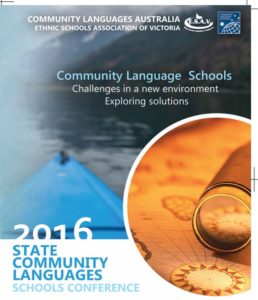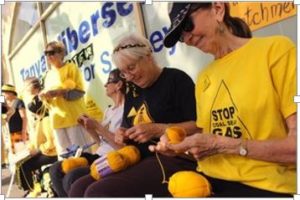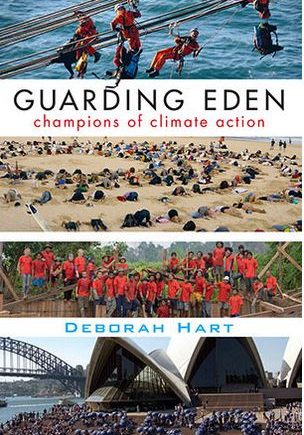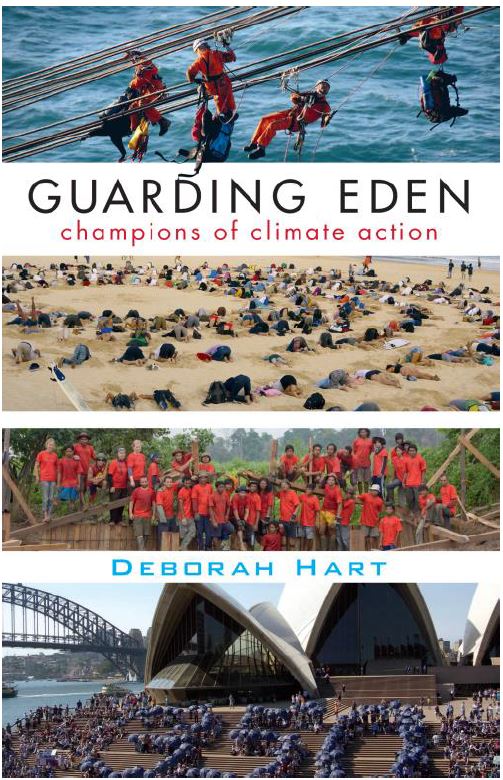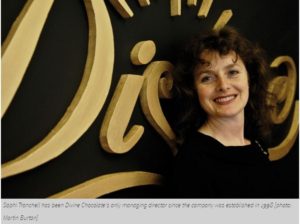
By Marilyn Snider
“Education is a human right with immense power to transform. On its foundation rest the cornerstones of freedom, democracy and sustainable human development.” Kofi Annan
The Human Right to Education
Quality of life outcomes and social mobility indicators are directly linked to a child’s ability to access quality education. This is particularly relevant for children living in poverty, including those in developing countries.
The Universal Declaration of Human Rights (UDHR), International Covenant on Economic Social and Cultural Rights, Convention on the Rights of the Child (CRC), Convention on the Elimination of All Forms of Racial Discrimination and Convention on the Elimination of All Forms of Discrimination Against Women (CEDAW) recognise the inherent dignity of each person and set out the conditions for enjoyment of individual rights by all; be they economic, social, cultural, civil or political rights.
These treaties and declarations also encourage international cooperation in matters relating to education, including the promotion of literacy, science and technical knowledge.
Under these binding legal instruments, every child has the right to free, available and compulsory primary education. This right exists alongside a call for the development of different forms of secondary education, including general and vocational education, and for these to be available and accessible to every child. Children also have the right to be disciplined at school in a manner consistent with the child’s innate human rights. And to protect the rights of female students, CEDAW mandates that all appropriate measures must be taken to eliminate discrimination against women and girls in the field of education, particularly relating to access and opportunity.
The second Millennium Development Goal (MDG) aimed to achieve universal primary education for all. At the end of the 15-year MDG program, 58 million children of primary school age (roughly six to 11 years old) remained out of school. These children are a reminder of the broken promise to achieve universal primary education by 2015.

UNESCO INSTITUTE FOR STATISTICS, AUGUST 2014 (HTTP://ON.UNESCO.ORG/OOSC-MAP)
The MDGs were quickly followed by the launch of the Sustainable Development agenda to guide development action for the next 15 years. Education is addressed in Sustainable Development Goal 4: To ensure inclusive and equitable quality education and promote lifelong learning opportunities for all.
But the limited impact of the MDGs on education shows that development goals are not easily attainable. Many issues create obstructions, and most of these are deeply embedded in political, economic, social and cultural systems. The reality is that there limited opportunities to deliver quality universal primary education.
The reasons are many. In most developing country contexts, teachers receive little or no training in the official curriculum or pedagogy. In fact, many teachers may have only a few years more schooling than their students. Teachers are so poorly paid that turning up for work may not be the priority on any given day. There may be pressures of family life, livelihoods, family illness, lack of transport, or unpaid salaries.
For many students affected by extreme poverty, they might be needed to look after siblings or perhaps even a parent, to harvest crops, to work for income, or might themselves be trafficked for income. Schooling then becomes a lesser consideration for those who prioritise that day’s survival over longer term benefits to be gained from education.
War also strikes at the heart of education. Where long-term fighting prevents both students and teachers from safely accessing school, a generation of students is lost, damaging that community’s ability to improve the lives of its members.
“Education, with its immense power to transform, is the platform to impart to students the accountability of humans to themselves and each other, especially to those whose rights are not being met.”
Despite the pessimism, there have been some remarkable successes. The number of out-of-school children of primary school age worldwide fell by 42 per cent between 2000 and 2012. But there are massive problems that still need to be addressed. The UN report Fixing the Broken Promise for All shows the children behind the statistics: the boy pushing a cart in a Kyrgyzstan bazaar to help feed his family; the Yemeni girl pulled out of school to be married off against her will; the Namibian child with an undiagnosed hearing impairment who struggles at school; the Syrian refugee child turned away from one over-burdened school after another.
A Human Rights Curriculum
We must address human rights within the school curriculum, regardless of whether schooling is a daily deliverable – such as in privileged countries – or whether it remains a challenge to provide, such as in countries experiencing extreme poverty and protracted violence.
Human rights awareness underpins social justice, ethical behaviour, intercultural understanding, peaceful conflict resolution and partnerships for development. It promotes critical and creative thinking, and global learning in the classroom delivers these perspectives.
Education, with its immense power to transform, is the platform to teach students about our responsibilities to each other, especially to those whose rights are under threat.
The Australian Human Rights Commission developed a series of educational resources called Rights Ed to help Australian students gain an understanding of human rights and responsibilities in everyday life.
Other resources for students include:
History of Human Rights – video addressing the history of human rights (suitable for secondary students);
What are Child Rights – video suitable for junior primary students in years 1-4;
Children and Young People’s Rights – video suitable for students in years 5-8;
Malala Yousafzai: Warrior with Words by Karen Leggett Abouraya – 36 pages, suitable for students in years 3-7.
For Every Child by Caroline Castle – a beautifully illustrated book about the CRC.
We are all Born Free: The Universal Declaration of Human Rights in Pictures – picture storybook by Amnesty International celebrating the UDHR.
—
Marilyn Snider is a global learning consultant involved in curriculum planning on global issues including human rights, social justice, sustainability and intercultural understanding. She has been a teacher for more than 20 years. Her website can be found at www.bethinkglobal.com.au
Featured image: City of Boston Archives/Flickr
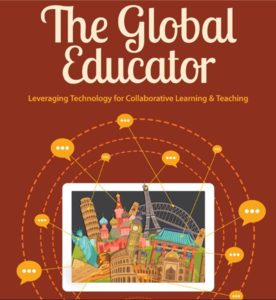 league, Julie Lindsay, has just published her new book, The Global Educator. When Julie put out the request for input from global educators across the world I was only too happy to oblige.
league, Julie Lindsay, has just published her new book, The Global Educator. When Julie put out the request for input from global educators across the world I was only too happy to oblige.

